How to Play Pink Viego
Next on the list of “What were you smoking when you thought up that combination and why aren’t you sharing,” is Ionia/Viego.
I’m Jordan “WhatAmI” Abronson and today we’re delving into this new archetype hot off the presses to try to figure out what it thinks its doing and whether it’s crazy like a fox or slides closer to the Unstable Voltician end of the spectrum.
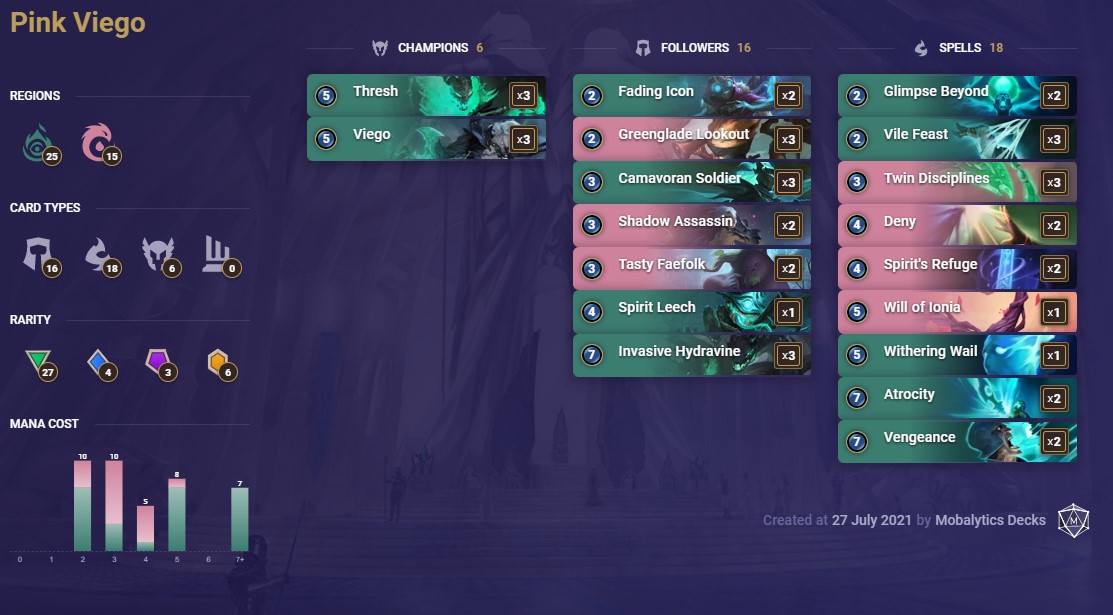
Deck Code: CEBQEAICBQSAEAIFFA2AGBAFGU3DOBABAQCQGAYBAUARSMIDAEBCKMJZAEBQECIDAECAKEABAEBAEAIBAUOQ
Pink Viego
The most notorious deck style to share these regions was Spooky Karma. While this deck is definitely a control deck with some serious late-game punch the approaches to the game are actually entirely different.
Karma likes it when we stall out the game as long as possible and will bother thinking of a way to win sometime after our opponent has gotten bored and conceded. This deck looks to stabilize and then quickly turn around and lockout the game with Viego and Hydravine.
You can see the differences in style in the lack of Ruination we’re packing, instead of leaning on combat tricks and Atrocity to find our tempo and win the game respectively.
Ready to see the fine details of how we get all this done? Let’s jump into the phases.
Phase One: Finding our Rhythm
Lacking completely in one drops we can reasonably expect to start most games somewhat on the back foot. That’s fine though because we’ve got the tools to handle it.
Greenglade Lookout will set us up quite nicely, either allowing a brutal Hydravine on turn six or one of our champions on turn four.

Other stellar contributors to this phase are the traditional control tool of Vile Feast, the solid blocker of Fading Icon, and the odd inclusion of Tasty Faefolk.
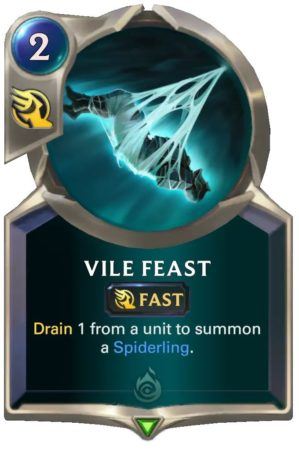
Faefolk puts in some serious work against anyone trying to pressure our life total all on its own If you have twin Disciplines to back it up though, it will completely flip any aggressive deck’s gameplan on its head.
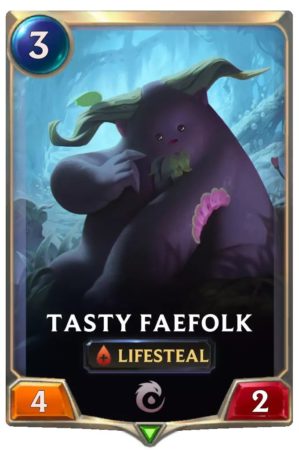
Rounding out our early game defensive suite are Camavoran Soldier and Shadow Assassin. The soldier is a very good development punisher, forcing either open attacks, or giving us a free blocker on turn three.
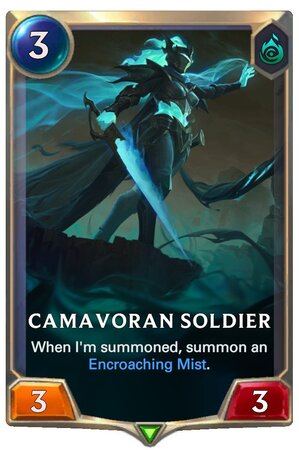
Assassin is again, a bit odd, but gives us a very important way to block down against Elusive threats.
Phase Two: The Champs
When our champions cost five they are already pretty impressively powerful. Viego threatens to lock opponents out impressively quickly, and Thresh goes and pulls him from your deck for free.
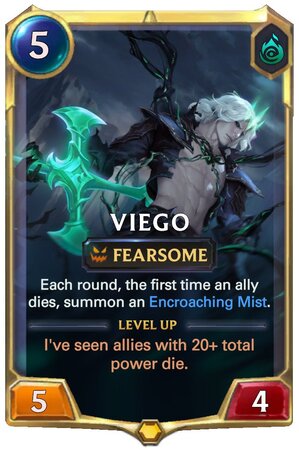
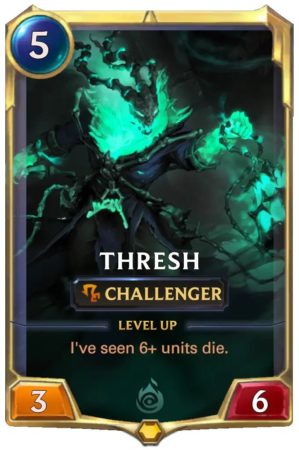
If they cost four mana courtesy of Greenglade Lookout then they are downright nasty. Very little will be able to compete with the sheer stats they represent, let alone the game-changing abilities they threaten.
During this phase, you’ll want to develop and protect your champions with things like Spirit’s Refuge, Twin Disciplines, and Deny. We’ll also occasionally bank some mana to get a Vengeance out on a significantly troublesome enemy threat.
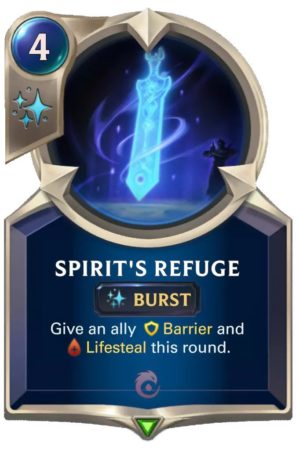
It’s ok to give your opponent the initiative even during these turns dependent on their archetype. If it means letting the game go a bit later so we can develop our champions with protection mana up, or just slam a Hydravine, that can be very good for us.
Phase Three: The Lockout
Here we are looking at our Hydravines, our Viego leveling up, and our Atrocity finisher. A resolved and protected Hydravine will stop most decks that are trying to compete on the board cold, while providing some significant pressure of its own. Sometimes this friend will win the game even without champion assistance.
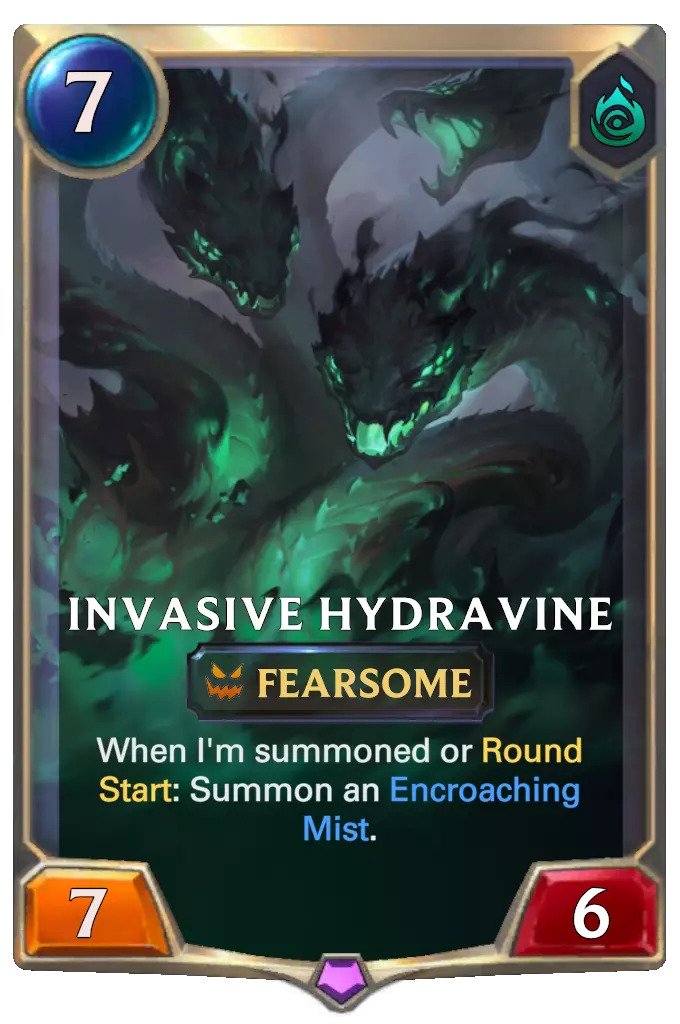
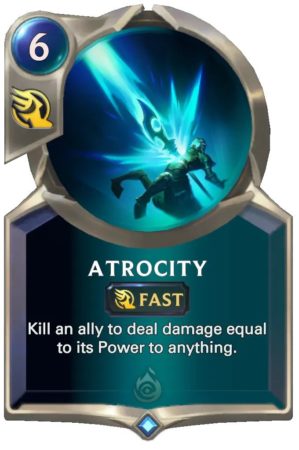
That said the true endgame is looking to level our Viego. Anyone who has played against this knows that once Viego is fully online the game will generally end in a matter of turns.
It’s simply too difficult to keep any amount of threat on the board against the constant theft and/or destruction he provides.
Our second game-ending theory comes through our two Atrocities. Against other decks that like to play slow, we can actually put on some impressive amounts of pressure and have potentially lethal Atrocities by turn seven or eight.
What that means is that whether you have it or not you can force them to respect your seven open mana and play the game out the way you dictate.
Key Choices
The first thought a lot of people are going to have is, “where is the Death Mark package?” Isn’t that one of the biggest reasons to be in Ionia?
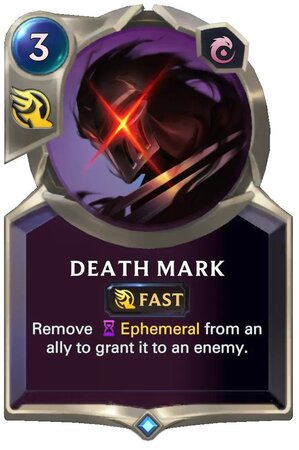
The answer is that I played around with it for a while and found that while it could occasionally steal some victories it was monstrously inconsistent.
Most importantly though, the deck can be an absolute powerhouse without it. If we can sacrifice a small amount of power from an archetype that is bursting with it to add needed consistency then that is generally going to be the correct choice to end up making.
The other big one is “Why Ionia over Shurima?” Greenglade lookout and Twin Disciplines are both very impressive tools. They let you do things for small amounts of mana as a control deck and that’s a big deal. Also having access to Spirit’s Refuge and Deny is quite nice in a variety of matchups.
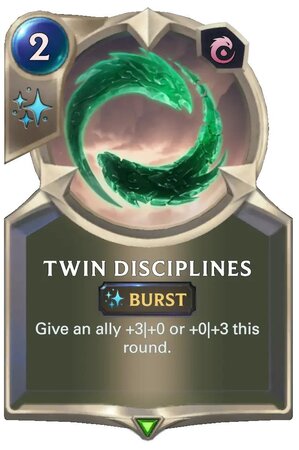
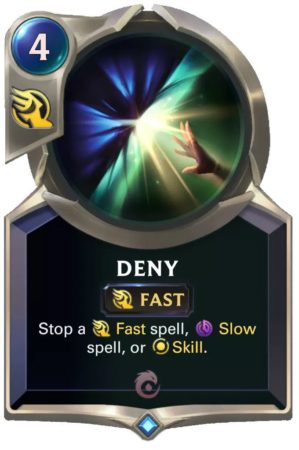
Are we going to be sad that Merciless Hunter is AFK? Of course we are. But the more defensive minded Tasty Fae Folk and Elusive blocker of Shadow Assassin will do their best to ease our pain in the three drop slot. Any region swap has trade offs, but this one feels like it more than makes up for what it loses.
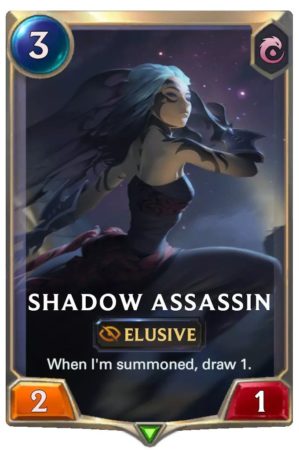
Tips
Remember that you are both a control deck and an Atrocity deck. What that means is that your first thought should be to stabilize and protect yourself going into the mid and late game. That said, don’t forget to be looking for every point of damage you can eke out of the situation you’re in.
Sometimes that 1|1 Spider that forgot to open attack on turn three can be the difference between winning a game and losing a game. You scoff, but I have seen many stranger things happen in my time playing Runeterra.
Don’t be afraid to play the passing game. With the power of Deny, Vengeance, Twin Disciplines, and Spirit’s Refuge, you are well set up to play the responses game with most opponents. I’ve even taken this deck into the late game against Karma variants and come out victorious a number of times.
Conclusion
This deck is a complicated control deck that has multiple different win conditions and relies on some interesting interactions as its stabilization techniques. It’s definitely not for everyone but it’s quite a rewarding style to play and practice, and little is more fun than two giant Viego’s destroying an opponent’s board.
On top of that we are utilizing a very seldom used region combination. For those of you that enjoy looking to the tournament side of things that is always an upside. Unless you were already planning to show up with Spooky Karma then choosing to battle with this deck will leave the rest of your options wide open.
Best of luck to you all out there, and may your Hydravines always cost six mana.
Thanks for reading! If you have any questions, feel free to ask WhatAmI during his streams (around 10AM PST basically every day).
WhatAmI streams at twitch.tv/xxwhatamixx around 10AM PST every day
Subscribe to our newsletter:
Don’t miss out on all of the latest LoR content!
 Download APP
Download APP